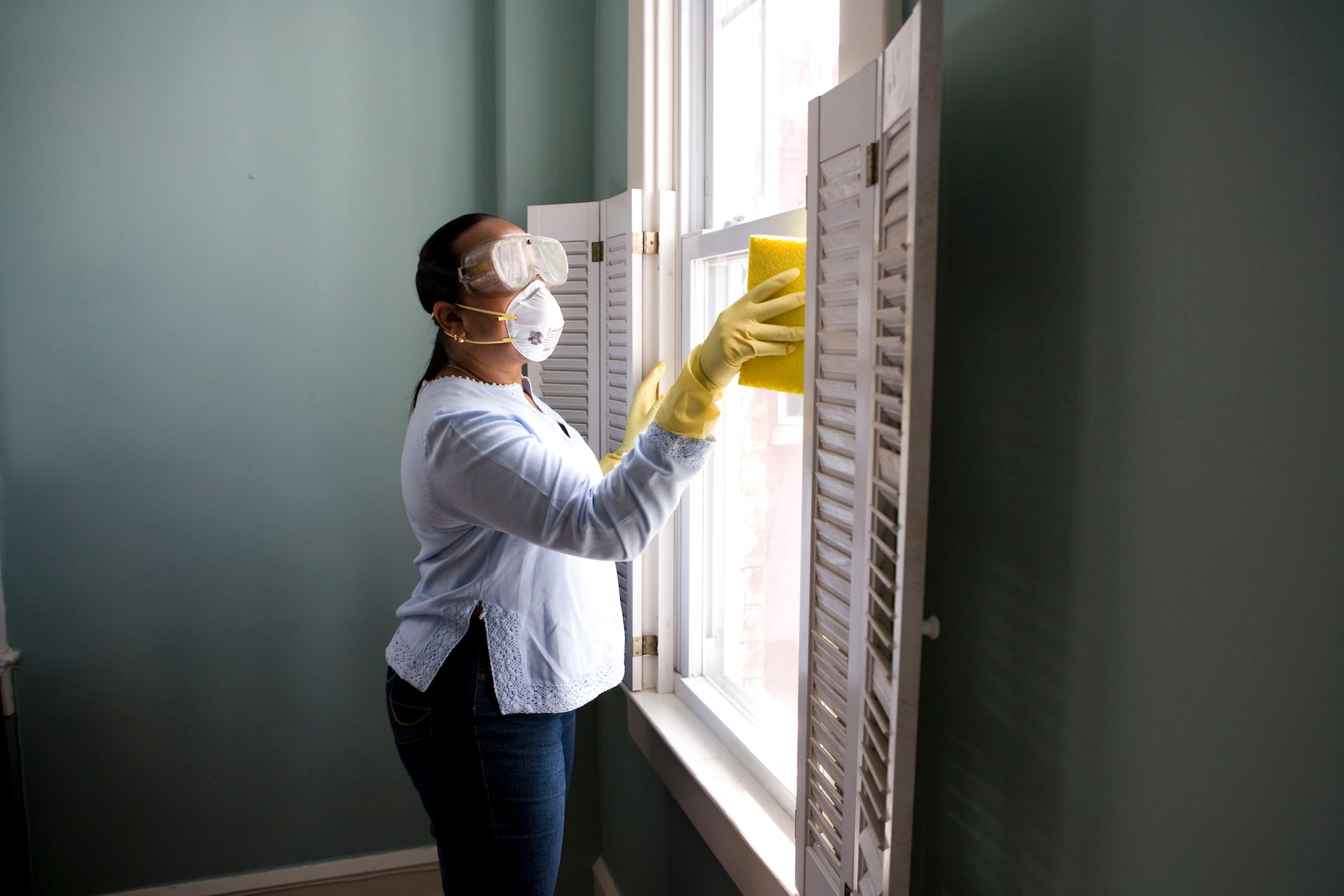Pest Control Devices: Alternatives to Chemical Pesticides

Pests can be a major problem in both residential and commercial settings, but traditional methods of pest control often rely on harmful chemical pesticides. These chemicals can harm the environment, wildlife, and even human health. Pest control devices offer a safe and effective alternative to chemical pesticides, helping to protect the planet and its inhabitants.
Introduction to Pest Control
Pest control refers to methods of controlling pests that are safe for the environment, wildlife, and human health. Pest control focuses on using natural, non-toxic methods to reduce or eliminate pests, rather than relying on harmful chemicals. Pest control devices can be an effective and safe way to manage pests in a variety of settings, and they are becoming increasingly popular as awareness of the dangers of chemical pesticides grows.
Advantages of Pest Control Devices
There are several advantages to using pest control devices, including:
- Safe for the environment and wildlife: Pest control devices do not rely on harmful chemicals, making them safe for the environment and wildlife. They do not pose a risk to birds, bees, or other beneficial insects, and they do not contribute to pollution or harm the ecosystem.
- Safe for humans: Pest control devices are non-toxic and do not pose a risk to human health. This is particularly important for families with young children or pets, as well as for those who are sensitive to chemicals.
- Effective: Pest control devices can be just as effective as traditional chemical methods in reducing or eliminating pests. Some devices, such as pheromone traps, can be particularly effective in attracting and capturing pests.
- Long-lasting: Pest control devices can be long-lasting, making them a cost-effective solution for pest control. Some devices, such as electronic traps, can be used for several months before they need to be replaced.
Types of Pest Control Devices
There are several types of pest control devices available, including:
- Ultrasonic pest repellents: These devices emit high-frequency sound waves that are unpleasant to pests, but not harmful to humans or animals. They are effective against a variety of pests, including rodents and insects.
- Pheromone traps: Pheromone traps use natural scents to attract and capture pests, such as moths and beetles. They are non-toxic and safe for the environment and wildlife.
- Electronic traps: Electronic traps use a high-voltage shock to kill pests, such as rodents. They are non-toxic and safe for the environment and wildlife.
- Natural predators: Some pest control devices rely on natural predators to control pests. For example, ladybugs can be used to control aphids, and bats can be used to control mosquitoes.
- Physical barriers: Physical barriers, such as screens or caulking, can be used to prevent pests from entering a building. They are a safe and effective way to manage pests without the use of chemicals.
Choosing the Right Pest Control Device
When choosing a pest control device, it is important to consider the type of pests you are dealing with, as well as the specific requirements of your setting. Some factors to consider include the following:
- Type of pests: Different pests require different types of pest control devices. For example, ultrasonic pest repellents may be effective against rodents while pheromone traps may be more effective against insects. It is important to identify the pests you are dealing with and choose the device that is most effective for your specific situation.
- Size of the area: The size of the area that needs to be protected will also influence your choice of a pest control device. For example, a large commercial building may require multiple ultrasonic pest repellents or electronic traps, while a small home may only need one or two devices.
- Budget: The cost of pest control devices can vary widely, so it is important to consider your budget when making a decision. Some devices, such as ultrasonic pest repellents, may be more expensive, but they can also be more effective and last longer.
Conclusion
Pest control devices offer a safe and effective alternative to chemical pesticides, helping to protect the environment, wildlife, and human health. Whether you are dealing with pests in a residential or commercial setting, there is a pest control device that can meet your needs. When choosing a device, it is important to consider the type of pests you are dealing with, the size of the area that needs to be protected, and your budget.
It is always recommended to consult with a pest management professional if you are unsure about how to best address your pest issue. By combining the use of pest devices with other pest management practices, you can effectively control pests and minimize your impact on the environment.